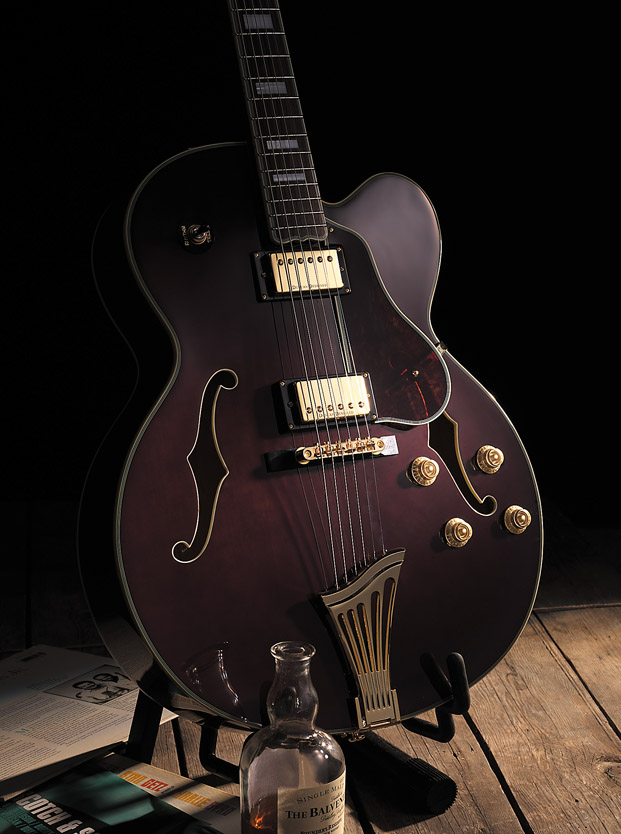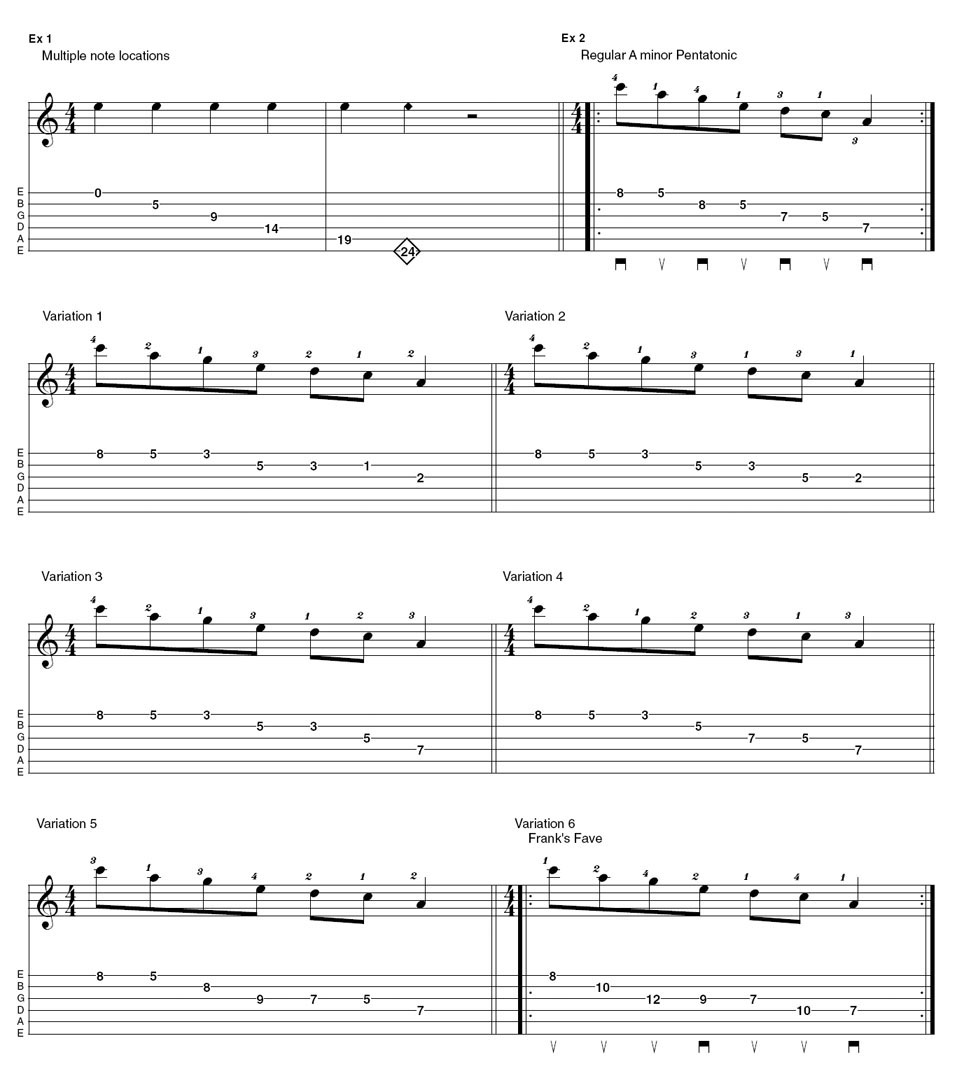Video tutorial: Frank Gambale on neck positions
Frank Gambale shows how changing positions can alter your style of playing


Aussie fusion master Frank Gambale first picked up the guitar aged seven. Initially inspired by the blues-rock playing of Jimi Hendrix and Eric Clapton, it was later hearing the jazz influenced sounds of Steely Dan, The Brecker Brothers and, crucially, the music of Chick Corea that caused the then teenage Gambale to change direction.
Frank attended Hollywood's Guitar Institute of Technology (GIT) and after being awarded Student Of The Year was offered a teaching position. His career began to really pick up pace rapidly. A series of high profile gigs and album releases were to follow with artists such as Jean-Luc Ponty and the mighty Chick Corea. And that's before we even mention Frank's highly successful solo recording career and fruitful partnership with drummer Steve Smith, both with the band Vital Information and the trio project; Gambale, Smith and (Satriani cohort), bassist Stu Hamm.
Music education has always been a high priority for Frank; now with numerous educational books and DVD releases to his name he frequently conducts clinics all over the world. Frank also holds down the position of Head Of Guitar Department at the prestigious Los Angeles Music Academy (LAMA), teaching a day or two each week when his busy schedule permits.
Here's some advice from Frank about becoming a good all-round soloist and not a purveyor of scale after scale. "You should try to make the approach to soloing a musical one. I think that using a number of different soloing approaches is what makes it more interesting. When you start breaking down, say, a melodic minor scale into pentatonics, arpeggios, triad and intervallic ideas, you're also breaking it up into musical fragments. When I listen to soloists it takes me a minute to tell how much they've learnt and how much they really know about music. Because when you hear a really fine soloist you hear all these different elements - scale approaches, pentatonics, blues licks, arpeggios played in interesting ways and also intervallic things. With a great player you hear all of those things mixed up. A lot of players get stuck doing one particular thing - like scales combined with the occasional arpeggio - rather than using the whole spectrum of different sounding things over each chord. It's using all these elements that makes it musical."
Frank was kind enough to provide us with some really useful exercises that will have you sweep picking in no time at all, as well as a 12-bar solo following a B minor blues progression.
Gambale's tone
Gambale can usually be found playing his super-slim Yamaha signature model; a solid body guitar with typically light gauge strings. For our video lesson, Frank's using a full-bodied Yamaha semi-acoustic. The fixed bridge on this model allows him to retain the light gauge strings, crucially a plain third, to make bending and the use of vibrato more manageable.
Want all the hottest music and gear news, reviews, deals, features and more, direct to your inbox? Sign up here.
Variations and positions
Example 1: Here Frank shows us all of the possible positions to play the note of E that corresponds to the highest space in the stave, remembering that guitar sounds one octave lower than its written pitch. The fact that each note can be found in so many places is often viewed as a disadvantage and is often used as an excuse as to why guitarists on the whole are poor readers. Frank, however, sees it as an advantage, as we're about to see.
Example 2: Our next example shows the regular A minor pentatonic scale using the conventional two-notes-per-string approach. If you look at the picking indications you'll see that here Frank uses alternate picking.
Variations 1-5: Here Frank shows us how he sees multiple fingering options as an advantage by taking us though a bunch of different fingering variations; some easy and some not so easy. Remember, the actual notes are exactly the same; it's just the fingering and related fretboard positions that change.
Variation 6: Frank's favourite by far. A typical Gambale trait is to re-finger scales and arpeggios to allow the pick to play as many notes as possible with each stroke; commonly known as sweep picking. The number of notes on each string is a factor; odd numbers allow the pick to continue in the same direction whilst an even number signals a change of direction. By reorganising the notes from their original 2-2-2-1 formation, Frank's 1,1,3,2 configuration allows him to sweep through the scale with minimum effort.
Click 'see all pictures' in the picture box for full-sized tab.